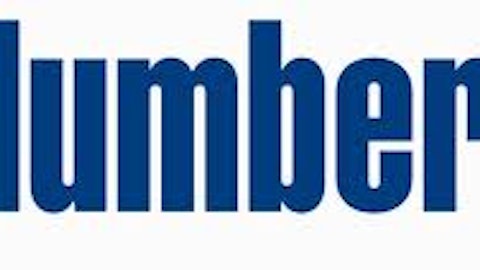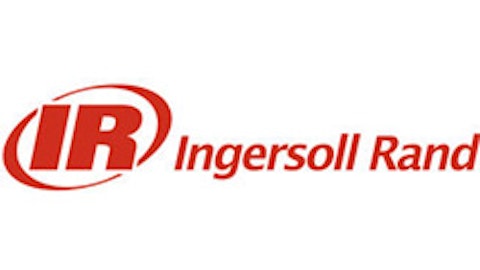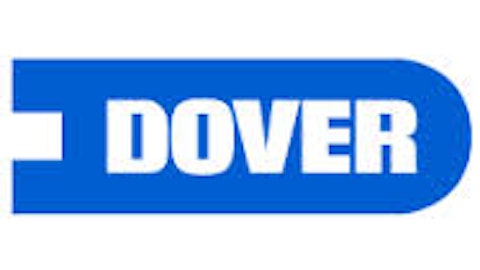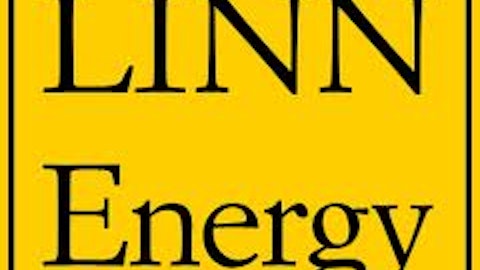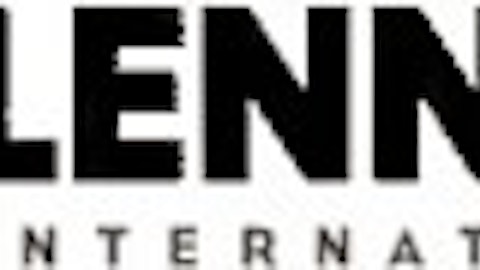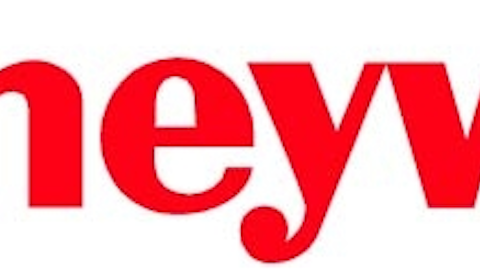Since the market bottom in 2009, Dover Corp (NYSE:DOV) has moved up significantly, from $22.30 per share in March 2009 to around $84.70 per share at the time of writing. Dover Corp (NYSE:DOV)’s year-to-date return is nearly 28.90%, outperforming the S&P 500’s return of around 18.60%.

In May, the company announced that it would spin off Knowles, the consumer communication technology business. The spin-off was believed to unlock potential shareholders’ value. Is Dover Corp (NYSE:DOV) a good investment opportunity for investors now? Let’s take a closer look.
Spinning off the communication technology business
Dover Corp (NYSE:DOV), incorporated in 1947, is considered a global manufacturer of innovative equipment, components and specialty systems, operating in four main business segments: Communication Technologies, Energy, Engineered Systems and Printing & Identification. Most of the company’s earnings, 39% of the total 2012 earnings, were derived from the Energy segment, while the Engineered Systems segment accounted for 35% of the operating earnings. The Communication Technologies segment represented around 19% of the total revenue, but only 16% of the total operating profits.
Dover Corp (NYSE:DOV) mentioned that the spinoff would let the company focus on its core industrial business. It spins off only the consumer, but retains the industrial communication technologies business, which serves aerospace and defense industries. Knowles expects to represent around around 14% of the total 2013 revenue of around $8.7 billion – $8.9 billion.
For the full year, Dover Corp (NYSE:DOV) estimated to grow its revenue by 7%-9%, including 3%-5% organic growth and 4% growth from acquisitions. The full year free cash flow was anticipated to account for 10% of the total revenue. Including a $0.13 per share in acquisitions, and Knowles spin-off costs of $0.02 per share, the 2013 EPS from continuing operations might stay in the range of $5.56 to $5.71 per share.
Dover has been a favorite stock of income investors, as the company has marked a 57th consecutive year of dividend increases. The forward dividend payment reaches $1.40 per share, with a dividend yield at 1.70%. Moreover, Dover also returns cash to shareholders via share repurchases. In early 2014, the company expects to complete the $1 billion share buyback program, delivering a 6.9% buyback yield to shareholders. At the current trading price at $84.70 per share, Dover is valued at 9.73 times its trailing EBITDA (earnings before interest, taxes, depreciation and amortization).
How about Ingersoll-Rand PLC (NYSE:IR) and Weatherford International Ltd (NYSE:WFT)?
Compared to its peers including Ingersoll-Rand PLC (NYSE:IR) and Weatherford International Ltd (NYSE:WFT), Dover’s EBITDA multiple stays in between.
Ingersoll-Rand is trading at $61.10 per share, with the total market cap of $18.40 billion. The market values Ingersoll-Rand the most expensive, at 11.38 times its trailing EBITDA.
Ingersoll-Rand PLC (NYSE:IR) also plans to spin off its commercial and residential security business, Allegion. At spinoff, Allegion will raise initial debt to pay one-time dividend to Ingersoll Rand.
For the full year 2013, Ingersoll-Rand expects to generate around $14.2 to $14.4 billion in revenue, with the small growth of 1%-3%. The company thought that the slow growth might happen for most end markets in 2013. The continuing EPS might come in at around $2.75 – $2.95 per share, with the full-year cash flow of $1.1 billion, excluding the impact of security spinoff/restructuring. At the current trading price, investors get around 1.40% dividend yield.
Weatherford International Ltd (NYSE:WFT) has the lowest EBITDA multiple among the three companies. At $13.80 per share, Weatherford is worth around $10.60 billion on the market. The market values Weatherford at 8.16 times its trailing EBITDA.
With the rising global oil activities, Weatherford has planned to increase its investments in unconventional activities including tight oil/gas, oil sands and shale, from 13% in 2003 to 39% of the total spending in 2017. The total spending amount might reach as much as $137 billion in unconventional energy in 2017. Weatherford targeted to reduce its capital expenditure from 10%-15% to around 8%-10% of the total revenue. For the full year 2013, it expects to deliver double-digit growth in its top line.
My Foolish take
The spinoff of consumer communication technology business will allow Dover to focus on its industrial segment, unlocking potential value for its shareholders. Income investors might find Dover as a safe place to invest for dividends due to its great historical dividend payment record. Knowles could be interesting too, with the market leading position, a $1.3 billion in revenue and $320 million in operating EBITDA. However, spinoff investors might wait for the trading price of Knowles to determine its attractiveness level.
Anh HOANG has no position in any stocks mentioned. The Motley Fool has no position in any of the stocks mentioned. Anh is a member of The Motley Fool Blog Network — entries represent the personal opinion of the blogger and are not formally edited.
The article A Closer Look at Dover’s Communication Technology Spinoff originally appeared on Fool.com is written by Anh HOANG.
Copyright © 1995 – 2013 The Motley Fool, LLC. All rights reserved. The Motley Fool has a disclosure policy.
